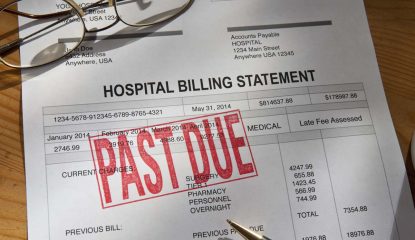How to Close the Racial Disparity Gap in Health Care
By Consumers For Quality Care, on November 10, 2021

A new way of treating cancer patients resulted in closing the racial disparity gap for white and Black cancer patients. Discussed in Patient Engagement HIT, the Accountability for Cancer Care through Undoing Racism and Equity (ACCURE) trial addressed social determinants of health and explored the barriers Black patients often face in the health care system, including being unable to miss work for an appointment or not having reliable transportation,
“Thousands of studies have looked at racial disparities in health care, but until recently, very few studies have implemented interventions to eliminate those disparities. This study shows that it can be done,” said Matthew A. Manning, MD, lead study author and radiation oncologist and chief of oncology at Cone Health in Greensboro, North Carolina.
The study used electronic health records data to identify when a cancer patient missed an appointment or care milestone. When that happened, a care champion would be in touch with the patient to help address the barriers as to why the appointment was missed.
Manning continued, “The bottom line is, unless we ask what happens when an appointment or milestone is missed, we just don’t know what’s going on, and the patient may never come back to us. If we do ask, we often have systems in place that can address those barriers. We can provide transportation or provide a letter for the patient for work. We can overcome many barriers, both internal and external to our health care institutions, but only if we know what they are.”
One of the principal investigators said this research proves that health care systems have the ability, and therefore the burden, to close the outcomes gap. The researchers believe this type of patient outreach and care model can be used to solve other disparities in health care, including pregnancy.
CQC supports initiatives that help address and close the racial disparities too often found in our health care system.




